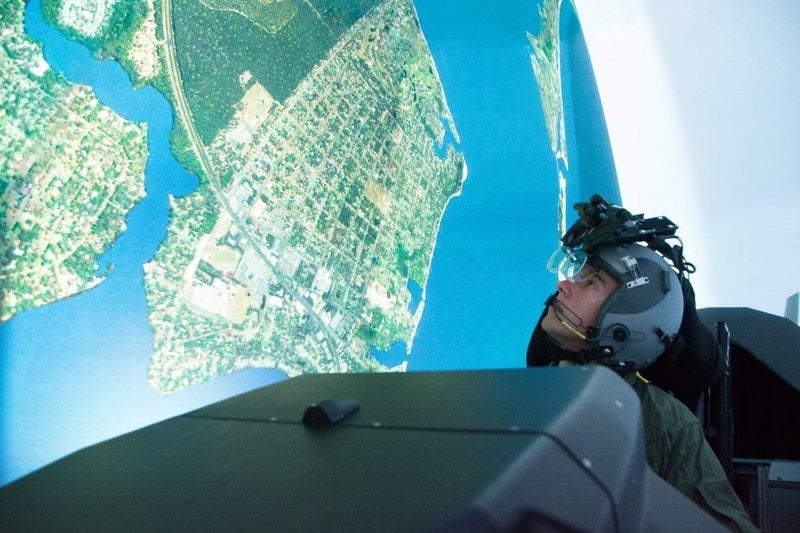
Lockheed Martin has announced a $3m price reduction per unit of the F-35 Lightning II full-mission simulator (FMS).
With the cut, the development of 15 F-35 simulators under the low-rate initial production (LRIP) lot 11 will be able to generate a total savings of approximately $45m for the programme.
The production teams at training and logistics solutions (TLS) attained the per unit price reductions through several measures, which include execution of long-term supply chain contracts and employing automation on the production line.
Use of advanced production techniques, including the integration of 3D printed simulator parts such as component housings and brackets also helped achieve price reduction.
The advanced technology, including the printing of simulator cockpits, is estimated to save an additional price of $11m over the next five years.
Lockheed Martin TLS vice-president and general manager Amy Gowder said: “We’re serious about driving out costs and excited to generate continued production savings across all our programmes using advanced manufacturing.

US Tariffs are shifting - will you react or anticipate?
Don’t let policy changes catch you off guard. Stay proactive with real-time data and expert analysis.
By GlobalData“We aren’t stopping here. In addition to our production savings, we’re investing more than $30m through 2020 to reduce F-35 training sustainment costs while increasing concurrency and capability.”
The $30m investment includes the advancement of the virtual training environment based on emerging threats and F-35 operator requirements, as well as a reduction in costs with the integration of new technologies.
New technologies would help reduce hardware and software footprints in the computing and visual infrastructure, automate support tasks and reduce manpower support requirements.
In September, the US Department of Defense and Lockheed Martin reduced per unit price of the F-35 joint strike fighter aircraft production by 5.4% under an $11.5bn contract for the delivery of a total of 141 units of the combat jets.



